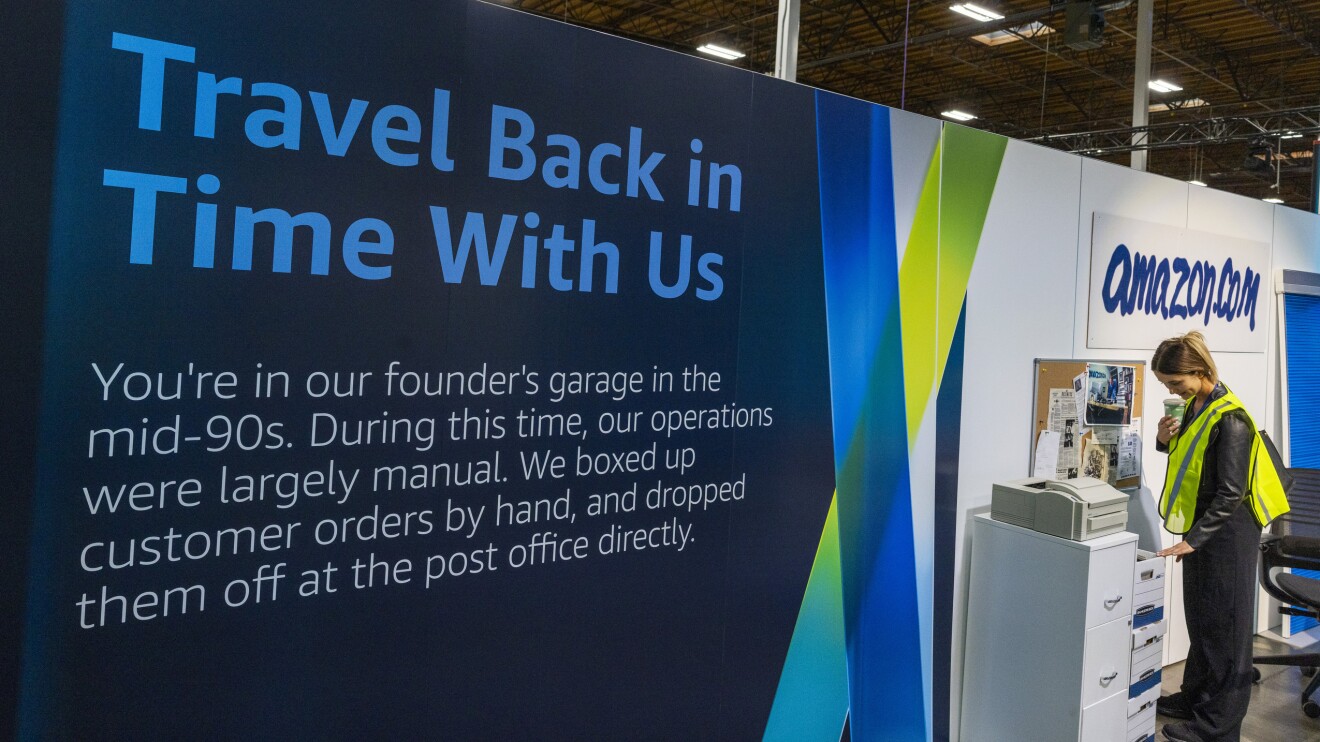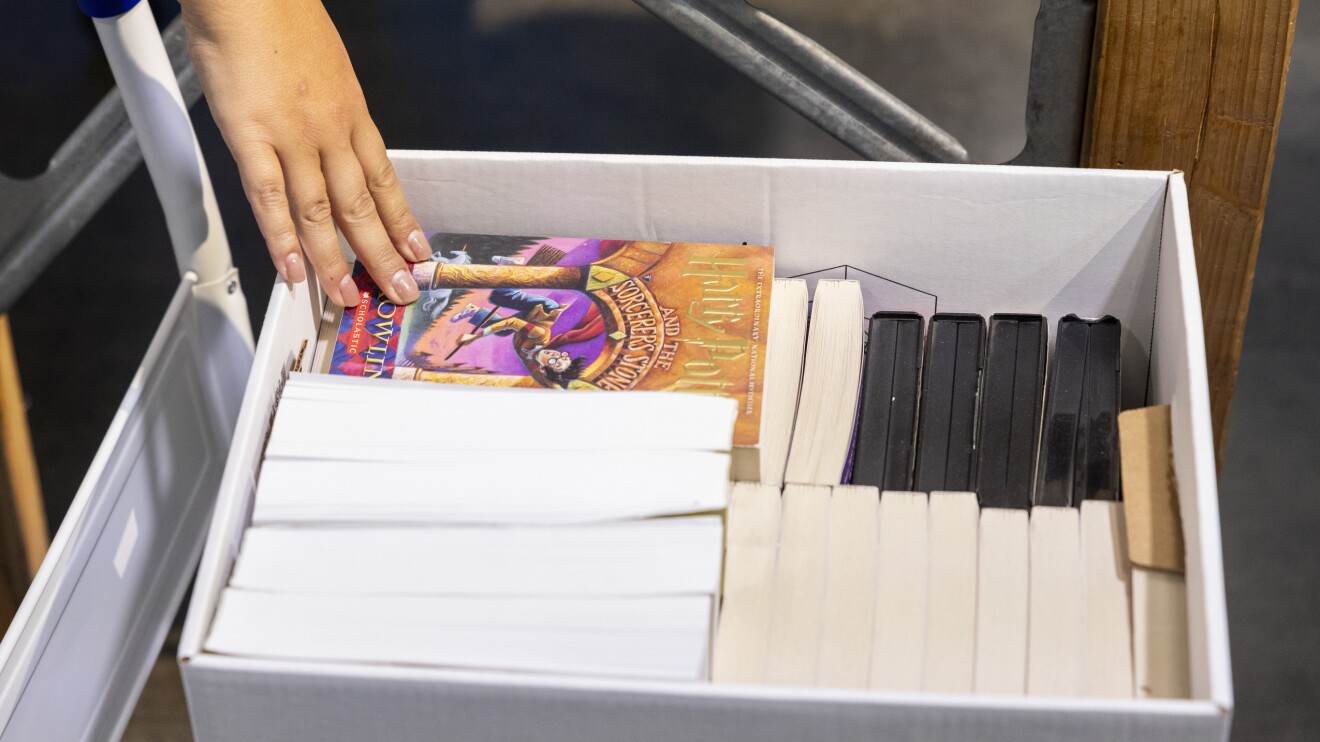Amazon’s presence can be found all over the world, from fulfilment centers to corporate campuses to retail stores. But like many successful companies, Amazon had modest beginnings—in this case, the garage of founder Jeff Bezos.
In July 1995, Amazon.com opened as an online bookseller out of Bezos’ Bellevue, Washington home. And while our operations and inventory look quite different now, we didn’t want to forget our roots.

We recently recreated Bezos’ garage and our original fulfilment shelves. It's not an exact replica, but it will give you a good idea of how things were done back in the day. You’ll also learn some interesting tidbits of Amazon history and see how the thinking that drove many early business decisions continues to guide Amazon as a company today.
Step back in time and explore Amazon’s beginnings with these photos.
The birthplace of Amazon was simple, housing a desk, computer, and basic office supplies.

The “door desk” is a distinct part of Amazon culture. As the story goes, the first desks in this office were built by buying doors from Home Depot and attaching legs to them. To this day, door desks remain a symbol of frugality, one of Amazon’s core values, and a reminder of the business’ creative, scrappy start.
The first book ever sold on Amazon was Fluid Concepts and Creative Analogies: Computer Models of the Fundamental Mechanisms of Thought by Douglas R. Hofstadter. It was purchased by Mr. Wainwright.
The team initially implemented a system that beeped every time a customer placed an order, but orders soon came in so quickly that the beepers had to be disabled.
By the end of the first month of business, Amazon had shipped books to all 50 states in the U.S. and 45 countries.

Everyone knows the first book in the Harry Potter series, but it has a special place in Amazon’s history for inspiring the use of a process called random stow.
In 1997, book inventory was organized by title. However, popular book titles such as Harry Potter and the Sorcerer’s Stone often created bottlenecks in the fulfilment process and slowed down the flow of operations because pickers had to line up and wait in the area for their turn.

With random stow, popular titles could be stowed on any available shelf, ultimately eliminating delays in the picking process and improving operational flow.
Random stow is still used today in Amazon fulfilment centers around the world to get your order to you as efficiently as possible.
Amazon’s first warehouse, the Seattle Distribution Center (SDC), was located on Dawson Street in Seattle. Here, Amazon employees picked and packed orders by walking through rows of shelves with flatbed carts.
Picking orders was a manual process: the inventory management system generated a batch of items to pick based on the customer order. Each batch was printed on collated pick-sheets and assigned to staff based on different pick paths.
The nature of picking orders is repetitive. To help reduce repetitive motion such as bending, reaching, and twisting, we leverage robotic technology like what you see today—things like our small but mighty robot, Hercules, which steps in to help sort packages, move products, and improve the employee safety experience.
It’s always Day 1 at Amazon—even if we’re no longer operating out of a garage. We continue to innovate on behalf of customers, and approach everything with the same energy and spirit in the room on that first day in 1995.




















